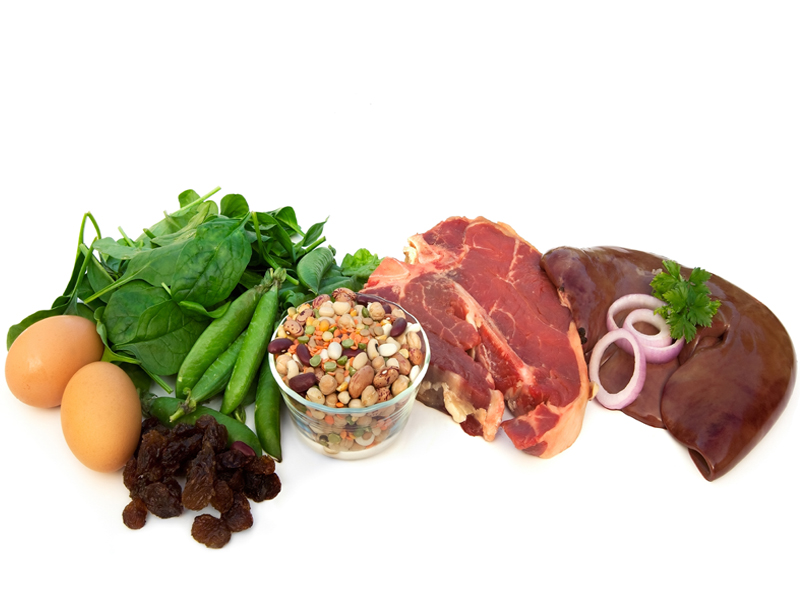25 All Time Healthy Nuts That you Should Include in your Daily Diet
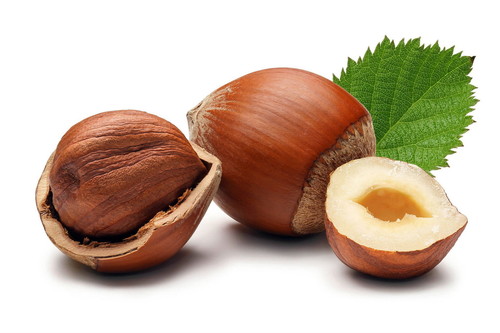
Side Effects: Watch out for signs of vomiting and skin rash.
11. Coconuts:
Coconuts were first cultivated in the Islands of Southeast Asia, Philippines, Indonesia and Malaysia. In the Indian Ocean, the Southern Periphery of India, Sri Lanka and Maldives were other likely grown areas. Another good nut to include in your diet is the coconut that has about 350 calories for a 100-gram serving with 30 grams of fat. Coconut is rich in iron, vitamin B-6, magnesium, vitamin C and calcium. It is anti-viral, anti-fungal and anti-parasite. It is a good source of nut for improving your digestion woes. Coconut increases the good cholesterol and provides protection against heart disease.
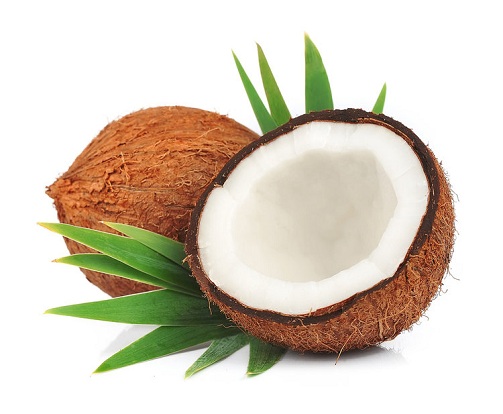
Side Effects: It can cause allergies and weight gain. It is high in calories and contains high amount of sugar.
12. Coquito Nuts:
It is native to the coastal valleys of Chile. Coquito nuts maybe rare to find, but a serving of 100 grams contains around 110 calories and 10 grams of fat. They are high in dietary fibre, carbohydrates, sodium and saturated fat. They look like mini coconuts and are the size of a marble. It is a product of Chile and can be eaten by blending them in a mixer and sprinkling on your dessert.
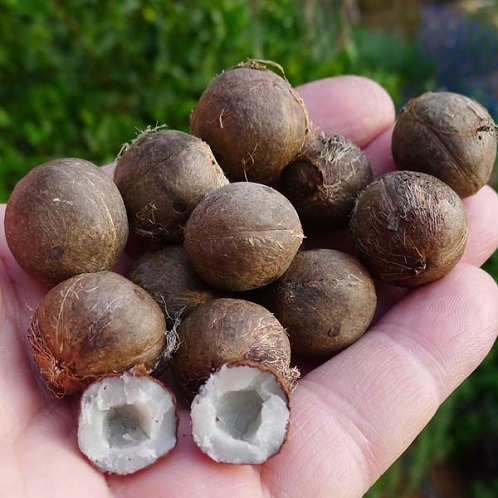
Side Effects: Watch out for any sudden allergy you may develop after eating them.
13. Ginkgo Nuts:
Ginkgo nuts are native of China and is widely cultivated. The leaf extracts from Gingko tree is a power antioxidant and contains flavonoids, terpenoids that safe guards the body against oxidant compounds, which otherwise has the potential to damage body cells. It gives you roughly about 180 calories for a 100-gram serving and about 1.5 grams of fat. It is rich in vitamin B6, vitamin A, vitamin C and iron.
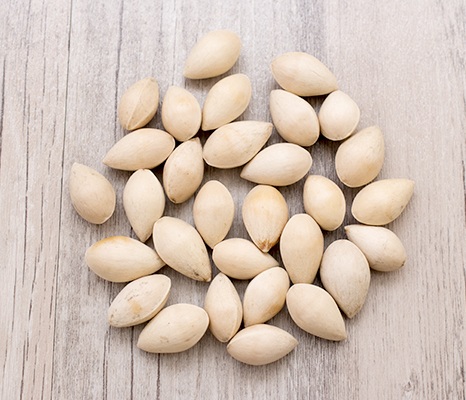
Side Effects: Too much of serving causes dizziness, nausea and headache.
14. Hican:
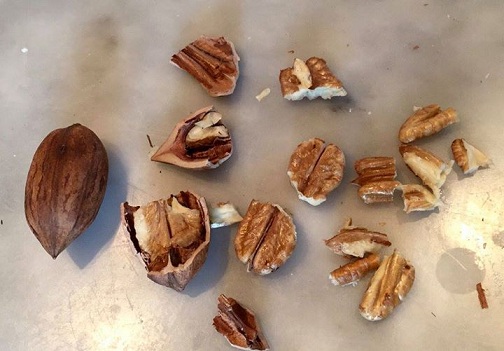
Hican is typically a cross between pecan and other type of hickory or the nut from a hybrid tree. These crosses are known to occur naturally. Hican trees however have the potential to grow up to 60 feet and may take about 10 years to produce a crop.
















